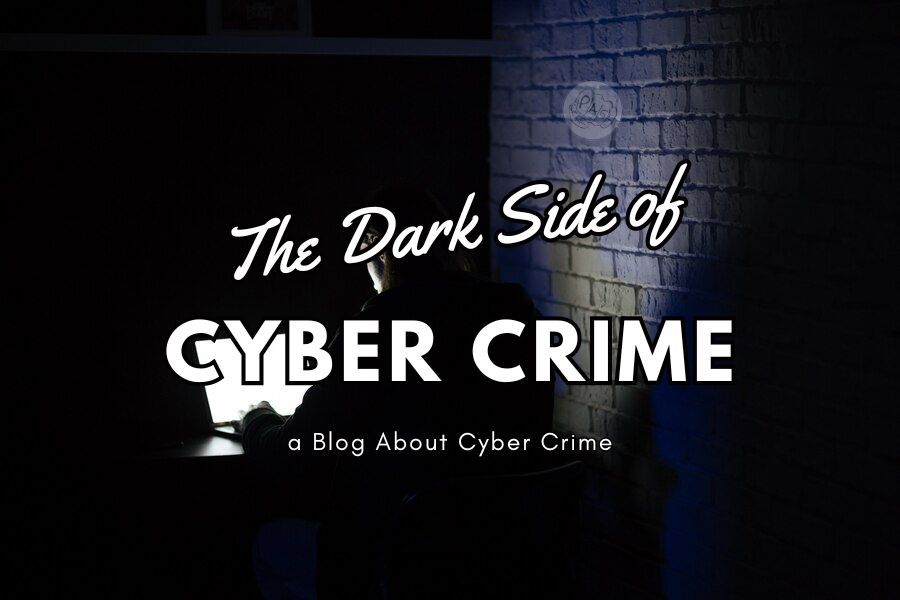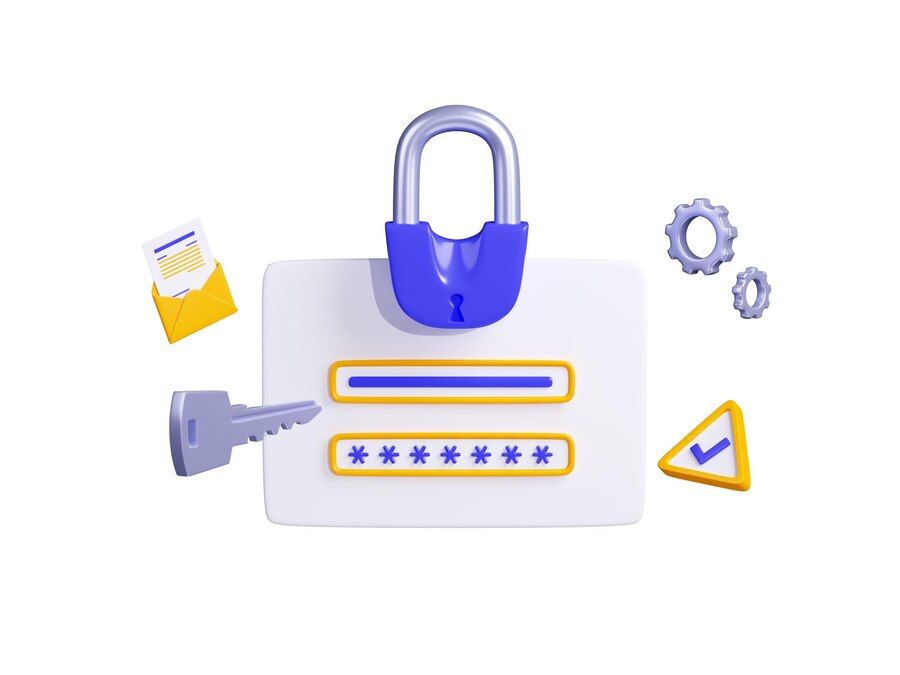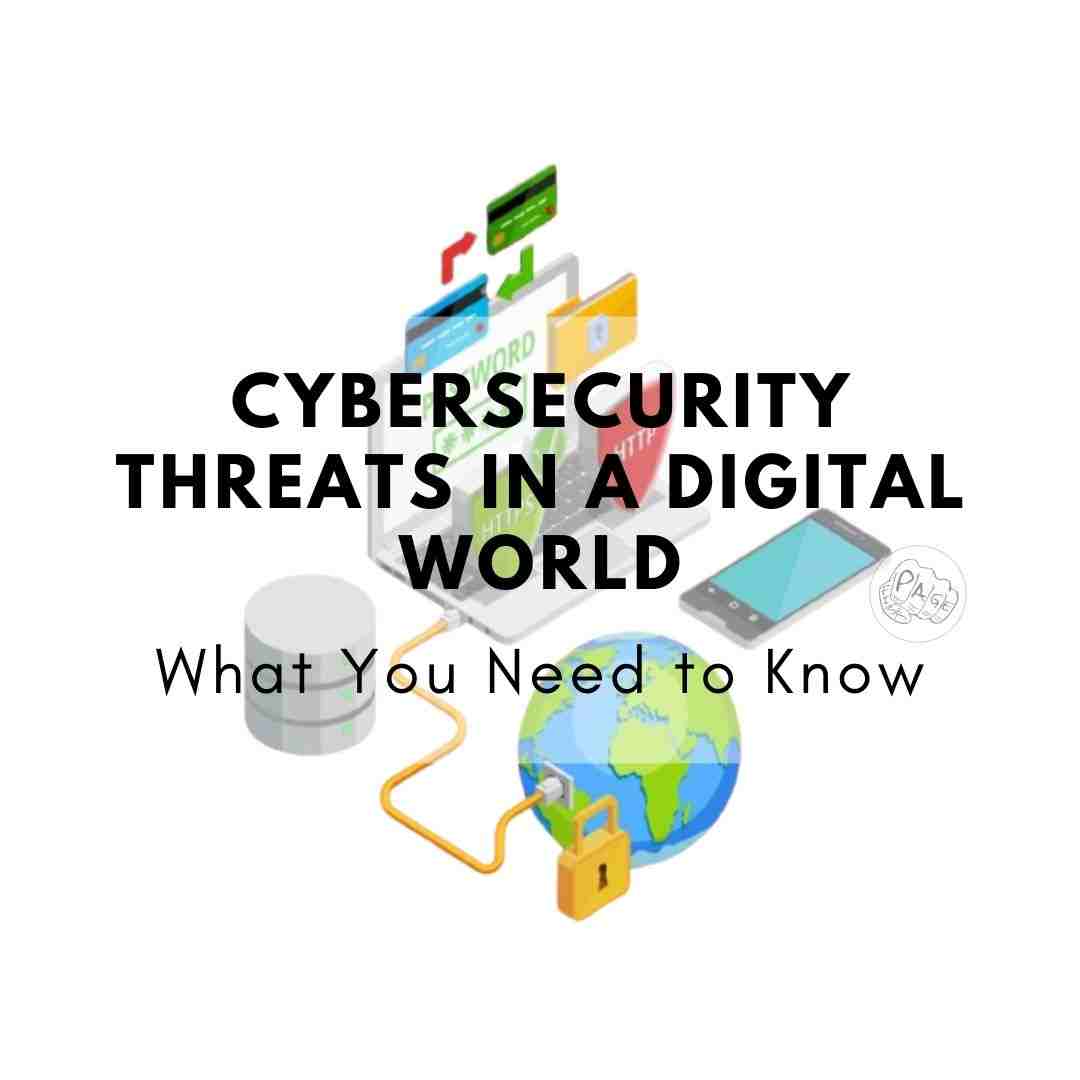The Dark Side of Cyber Crime: a Blog About Cyber Crime
Explore the sinister world of cybercrime in "The Dark Side Of Cyber Crime: A Blog About Cyber Crime." Learn about cybercriminals, their tactics, and how to protect yourself from digital threats.
Introduction
Welcome to "The Dark Side Of Cyber Crime: A Blog About Cyber Crime"! In today's digitally driven world, where we rely on technology for almost every aspect of our lives, cybercrime has become an omnipresent threat. This blog aims to shed light on the shadowy world of cybercrime, exploring its various facets, its impact on individuals and organizations, and the steps we can take to protect ourselves against it.
In this comprehensive guide, we will delve into the nitty-gritty of cybercrime, addressing questions such as:
- What exactly is cybercrime?
- Who are the culprits behind these nefarious activities?
- How does cybercrime affect individuals and businesses?
- What measures can we take to safeguard our digital lives?
Buckle up, folks! We're about to embark on a journey through the digital underworld that is the dark side of cybercrime.
Defining Cyber Crime: A Digital Pandemonium
Cybercrime! The very term sends shivers down our spines, conjuring up images of mysterious hackers, stolen identities, and malicious viruses lurking in the digital shadows.
What is Cyber Crime?
Cybercrime encompasses a wide range of criminal activities committed using computers, networks, or other digital devices as a means to an unlawful end. These activities can include but are not limited to:
- Hacking: Unauthorized access to computer systems, networks, or data.
- Phishing: Deceptive attempts to acquire sensitive information, such as passwords and credit card details.
- Ransomware Attacks: Malicious software that encrypts a victim's data and demands a ransom for decryption.
- Identity Theft: Stealing personal information to impersonate someone for financial gain.
- Online Fraud: Deception for monetary or personal gain on the internet.
- Distributed Denial of Service (DDoS) Attacks: Overwhelming a target's online services with traffic, rendering them inaccessible.
- Cyberbullying: Harassment, threats, or abuse conducted online.
Now that we've defined cybercrime let's uncover the culprits behind these digital misdeeds!
Cyber Criminals: The Modern-Day Outlaws
The dark side of cybercrime is populated by a diverse cast of characters, each with their own motivations and methods. Let's meet some of the usual suspects!
1. The Script Kiddies
These are the digital delinquents of the cyber world. Script kiddies are typically young individuals with limited technical skills who use pre-written scripts or tools to carry out attacks. They often target low-hanging fruit, such as poorly secured websites or social media accounts. Their motivations can range from sheer boredom to a desire for bragging rights among their peers.
2. The Hacktivists
Hacktivists are cyber criminals with a cause. They use their skills to further a social or political agenda. These individuals or groups may deface websites, leak sensitive information, or disrupt online services to draw attention to their cause. The notorious group Anonymous is a prime example of hacktivists.
3. The Cybercriminal Enterprises
These are the organized crime syndicates of the digital age. Cybercriminal enterprises operate with the sophistication and resources to carry out complex cyber-attacks. Their motivations are usually financial, seeking to steal sensitive data, commit fraud, or conduct extortion. They often employ skilled hackers to carry out their nefarious deeds.
4. Nation-State Actors
Governments around the world have recognized the power of cyber warfare. Nation-state actors engage in cyber espionage, sabotage, and information warfare to gain an advantage over their rivals. These attacks can target critical infrastructure, military systems, or political opponents, and they often have extensive resources at their disposal.
The Impact of Cyber Crime: Tales of Woe and Loss
Now that we've met the rogues, let's dive into the real-world consequences of cybercrime. It's not just a virtual threat; it has tangible and often devastating effects.
Personal Fallout
1. Stolen Identities
Imagine waking up one day to find your bank account drained, your social media accounts hijacked, and your personal information exposed to the world. This is the nightmare that identity theft victims live through. Once your identity is stolen, recovering it can be an arduous and time-consuming process.
2. Emotional Toll
Cyberbullying can have severe emotional consequences. Online harassment, threats, or humiliation can lead to anxiety, depression, and in extreme cases, even suicide. The digital realm can be just as harmful as the physical one when it comes to bullying.
3. Financial Ruin
Online fraud and phishing schemes can wipe out your savings in the blink of an eye. From fake online stores to investment scams, cybercriminals are constantly devising new ways to separate you from your hard-earned money.
Business Disasters
1. Financial Loss
For businesses, the financial repercussions of cybercrime can be catastrophic. Ransomware attacks, data breaches, and online fraud can lead to massive financial losses, tarnished reputations, and even bankruptcy.
2. Data Breaches
When sensitive customer data falls into the wrong hands, the fallout can be colossal. Not only does it harm a company's reputation, but it may also result in legal penalties and lawsuits.
3. Operational Disruption
Distributed Denial of Service (DDoS) attacks can bring a business's online operations to a screeching halt. The loss of revenue during downtime can be substantial, not to mention the cost of mitigating the attack.
Protecting Yourself Against the Dark Side
With cybercrime lurking around every digital corner, it's crucial to take proactive measures to protect yourself. Here are some tips and tricks to stay safe in cyberspace.
1. Strong, Unique Passwords
Never underestimate the power of a strong password. Use a combination of upper and lower-case letters, numbers, and symbols. Avoid using easily guessable information like birthdays or names. Consider using a trusted password manager to keep your credentials secure.
2. Two-Factor Authentication (2FA)
2FA adds an extra layer of security by requiring a second form of verification, usually a code sent to your mobile device. Enable 2FA wherever possible, especially for sensitive accounts like email and banking.
3. Be Skeptical of Emails and Links
Phishing emails often masquerade as legitimate communications from trusted sources. Always verify the sender's email address and be cautious about clicking on links or downloading attachments, especially if they seem suspicious.
4. Keep Software Up to Date
Regularly update your operating system, web browsers, and software applications. Cybercriminals often exploit vulnerabilities in outdated software, so staying up-to-date is your first line of defense.
5. Educate Yourself
Stay informed about the latest cyber threats and scams. Knowledge is power, and being aware of common tactics used by cybercriminals can help you avoid falling victim to their schemes.
Conclusion: Navigating the Digital Abyss
In this blog about cybercrime, we've peeled back the layers of the digital underworld, exposing the dark side of cybercriminals and the havoc they wreak on individuals and organizations. Cybercrime is a constant threat, but armed with knowledge and vigilance, we can reduce our risk of falling victim to these digital misdeeds.
Remember, the dark side of cybercrime is ever-evolving, with new threats emerging regularly. Stay informed, stay safe, and stay one step ahead of the digital outlaws. Together, we can make cyberspace a safer place for all!
So, the next time you log in, keep in mind that the dark side of cybercrime is always lurking in the shadows, but with the right precautions, you can navigate the digital abyss unscathed. Stay cyber-savvy, my friends!
Share This Post
Related Articles
What is VPN? How It Works, Types of VPN
A VPN, or virtual private network, is a service that allows you to connect to the internet securely and privately. A VPN encrypts your data and routes it through a server in another location, making it appear as if you are browsing from that location. This can help you access geo-restricted content, protect your online privacy, and avoid censorship and surveillance.
What is Password Manager?
Explore the digital guardian realm! What is a Password Manager? Dive into the cyber sanctuary, decode its magic, and learn why it's your shield in the online jungle.
10 Proven Cybersecurity Training Tips to Prevent Phishing and Recognize Suspicious Activities
Learn why regular security training is crucial for employees, covering best practices, phishing prevention, and recognizing and reporting suspicious activities to enhance cybersecurity.
Cybersecurity Threats in a Digital World: What You Need to Know
Discover the top cybersecurity threats in today's digital landscape and learn how to protect yourself and your data. Stay one step ahead of cybercriminals!
Explaining Two-Factor Authentication (2FA): Strengthening Online Security
Discover the vital concept of Two-Factor Authentication (2FA) and its role in enhancing online security. Learn how 2FA works, its benefits, and its applications in modern digital environments.
Related FAQ
No related FAQ.
Say Hello
To Your Dream





